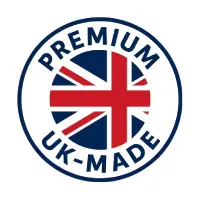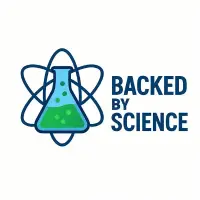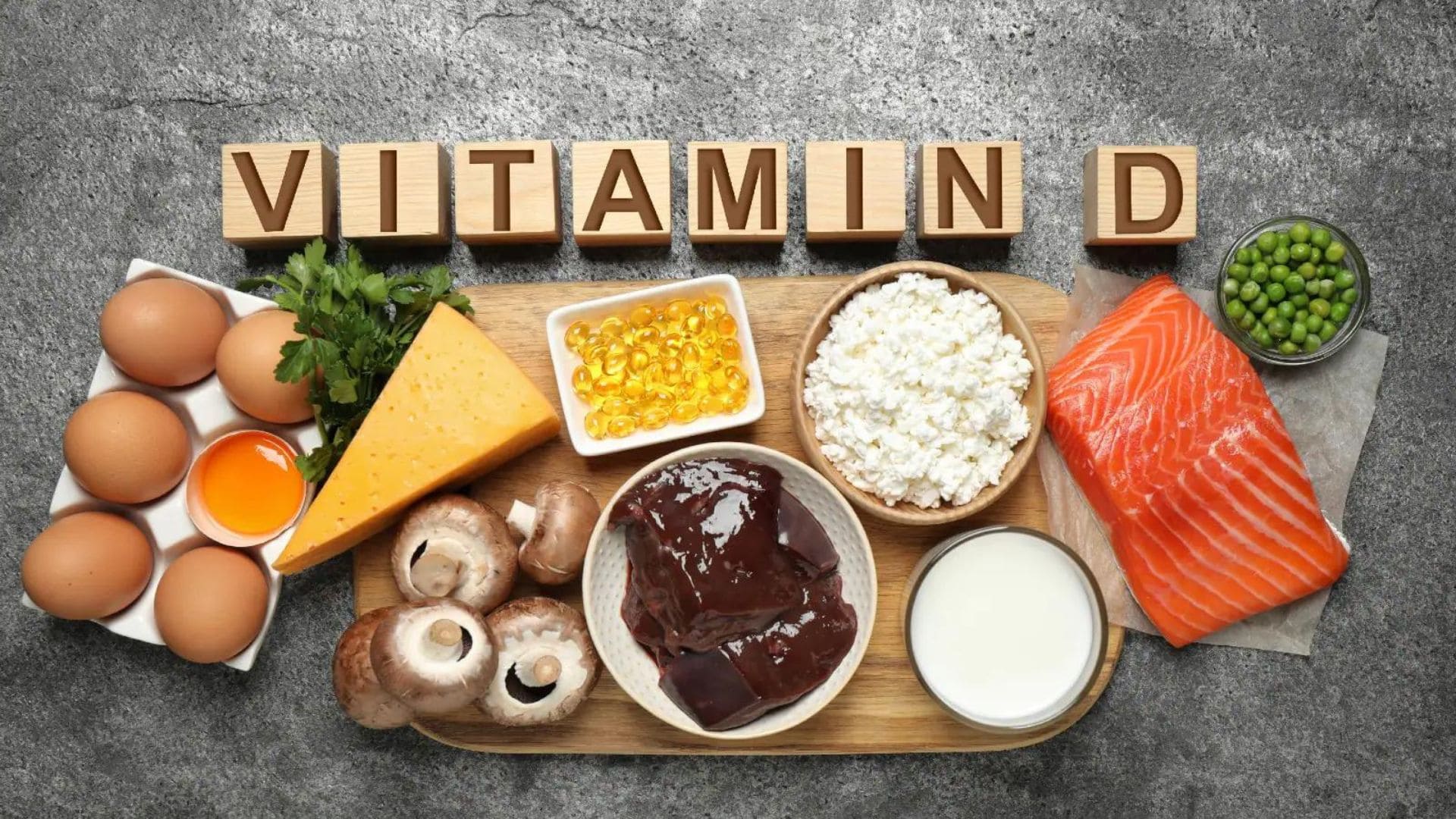How Is Vegan Vitamin D3 Made? | A Complete Guide to Plant-Based Vitamin D3 Production
In recent years, vegan supplements have surged in popularity as consumers become more conscious of both their health and the environment. Among these supplements, Vitamin D3 is particularly sought-after due to its role in supporting immune health, bone strength, and mood balance. However, most traditional Vitamin D3 is derived from animal sources like lanolin (from sheep’s wool), making it unsuitable for vegans.
Vitamin D3
This article will delve deep into how vegan Vitamin D3 is made, the science behind it, the sustainable practices involved, and how it differs from animal-derived alternatives.
Understanding Vitamin D3 and Its Importance
Before diving into the manufacturing process, it’s essential to understand what Vitamin D3 is. Vitamin D3, also known as cholecalciferol, is a fat-soluble vitamin that helps the body absorb calcium and phosphorus. It plays a crucial role in:
- Supporting bone and joint health
- Boosting immune system functionality
- Aiding in mood regulation
- Promoting healthy muscle function
While Vitamin D can be obtained through sunlight and fortified foods, many people, especially those living in northern latitudes or with limited sun exposure, turn to supplements.
What Is Vegan Vitamin D3 Made From?
Unlike conventional D3 sourced from sheep’s wool (lanolin), Vitamin D3 is typically made from lichen, a unique plant-like organism formed from a symbiotic relationship between algae and fungi.
Why Lichen?
- Lichen naturally contains Vitamin D3.
- It grows in clean, unpolluted environments, often on rocks and trees.
- It’s entirely plant-based, making it suitable for vegans and vegetarians.
- It’s non-GMO, sustainable, and minimally processed.
Step-by-Step: How Vegan Vitamin D3 Is Made
1. Harvesting the Lichen
The process begins by sourcing lichen from pristine environments. These regions are chosen for their lack of pollutants to ensure a pure raw material. Responsible companies only harvest lichen sustainably, often leaving portions behind to ensure regrowth and biodiversity.
2. Drying and Milling
After harvesting, the lichen is dried to remove moisture and then ground into a fine powder. This powder serves as the base from which the active compounds, including D3, are extracted.
3. Extraction of Cholecalciferol
Using specialized, solvent-free methods, Vitamin D3 is carefully extracted from the lichen. This step is highly controlled to maintain the bioavailability and potency of the nutrient.
Some techniques used include:
- CO2 extraction which is safe and chemical-free.
- Low-temperature processes to protect the vitamin’s integrity.
4. Purification and Testing
The extracted compound undergoes rigorous purification, eliminating any potential contaminants. This ensures that the final product is:
- Free from heavy metals
- Non-toxic
- Allergen-free
- Consistent in dosage and quality
Every batch is typically tested for purity, potency, and safety.
5. Formulation into Supplements
Once purified, the vegan D3 is incorporated into various supplement forms, including:
- Vegan D3 capsules
- Vegan Vitamin D3 tablets
- Liquid drops and sprays
- Gummies
Manufacturers ensure that other ingredients in the supplement (like binders or coatings) are also 100% vegan and free from animal-derived gelatin, lactose, or stearates.
Is Vitamin D3 as Effective as Lanolin-Based D3?
Yes. Numerous studies confirm that vegan D3 from lichen is bioidentical to lanolin-based D3. This means it’s chemically and biologically the same, offering the same absorption rate and efficacy in supporting the body’s needs.
Vegan D3 is preferred by:
- Individuals following vegan or plant-based diets
- People with lactose intolerance or wool allergies
- Environmentally conscious consumers seeking sustainable supplements
Environmental and Ethical Benefits
Choosing vegan Vitamin D3 isn’t just a personal health choice—it’s also an ethical and environmental one.
Sustainable Sourcing
- Lichen is harvested in a way that does not harm wildlife or ecosystems.
- No exploitation of animals or animal by-products.
Lower Carbon Footprint
- Avoids the intensive livestock farming linked with lanolin.
- Supports eco-friendly farming and production methods.
Cruelty-Free and Animal-Friendly
- No animals are harmed or used in the making of vegan Vitamin D3.
- Suitable for cruelty-free certified products and vegan certifications.
What to Look for in a High-Quality Vegan D3 Supplement
When shopping for high-quality vegan Vitamin D3 supplements, keep the following tips in mind:
- Check that the label explicitly states “Vegan D3 from Lichen“.
- Ensure it’s free from artificial preservatives, GMOs, and allergens.
- Look for third-party certifications (like Vegan Society or NSF).
- Prefer brands that offer sustainable and recyclable packaging.
Final Thoughts: Why Choose Vegan Vitamin D3?
Vegan Vitamin D3 offers a natural, ethical, and sustainable alternative to traditional sources without compromising effectiveness. Whether you’re plant-based, health-conscious, or eco-aware, this supplement supports your wellness goals while respecting the planet and its inhabitants.
- How is vegan vitamin D3 made from lichen
- Vegan vitamin D3 production process
- Plant-based vitamin D3 manufacturing
- How is vegan D3 extracted
- Lichen-derived vitamin D3 benefits
- Vegan-friendly d3 supplement ingredients
- How do you make vitamin D3 vegan
- Eco-friendly vitamin D3 supplement process
- What is vegan vitamin D3 made of
- Is vegan D3 as effective as regular D3




